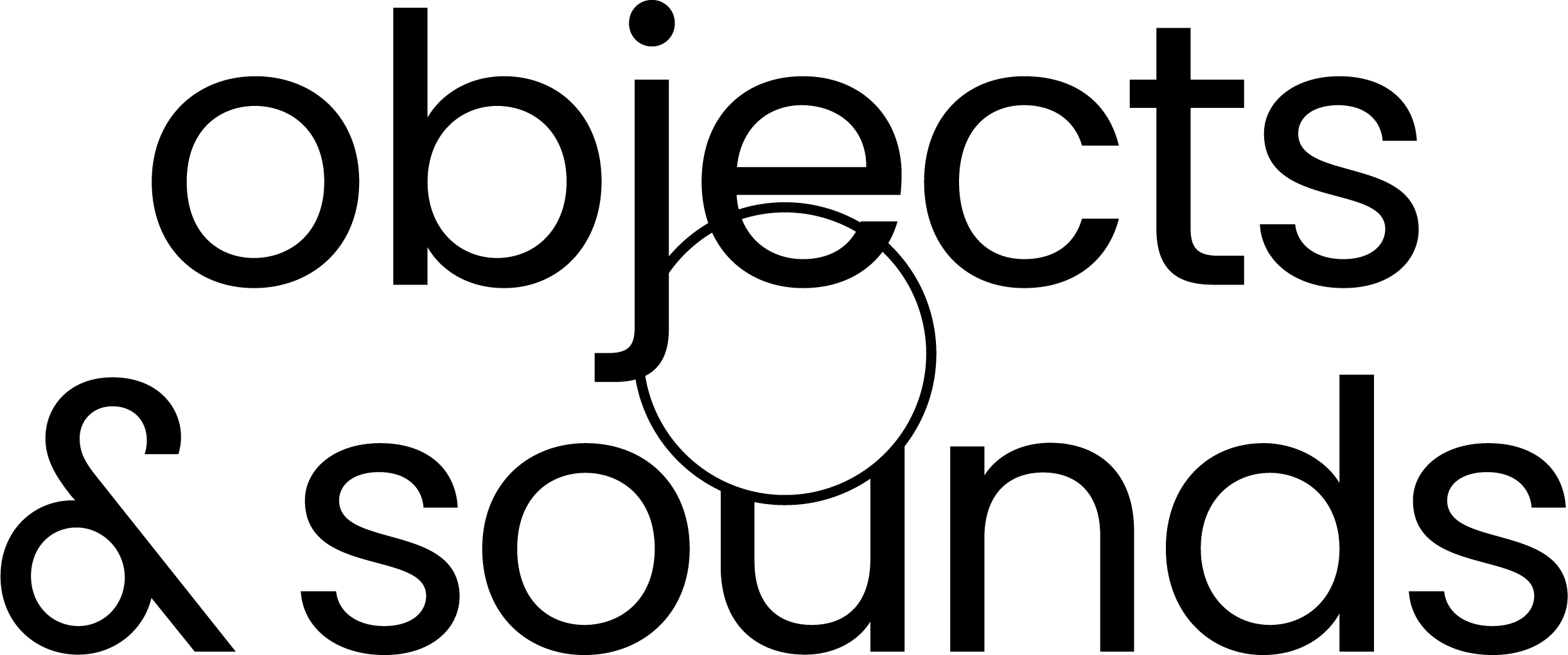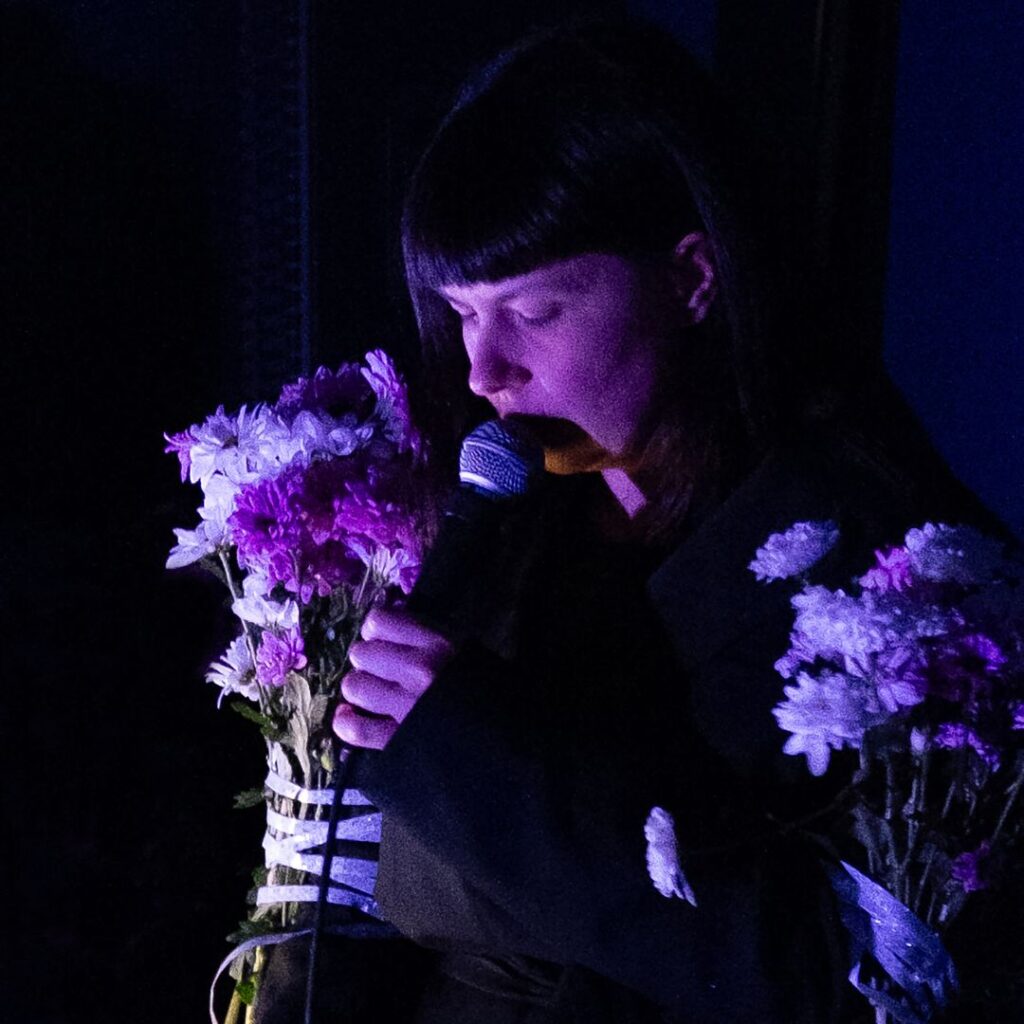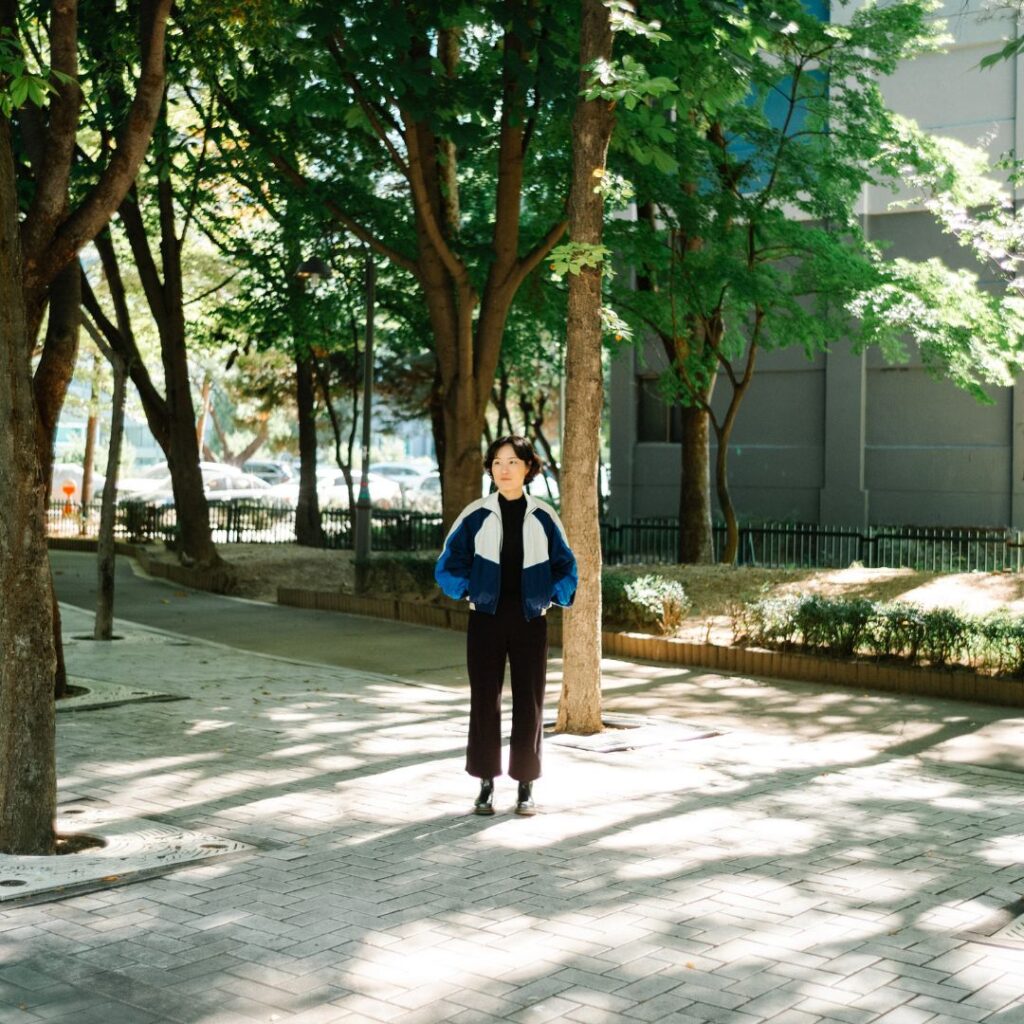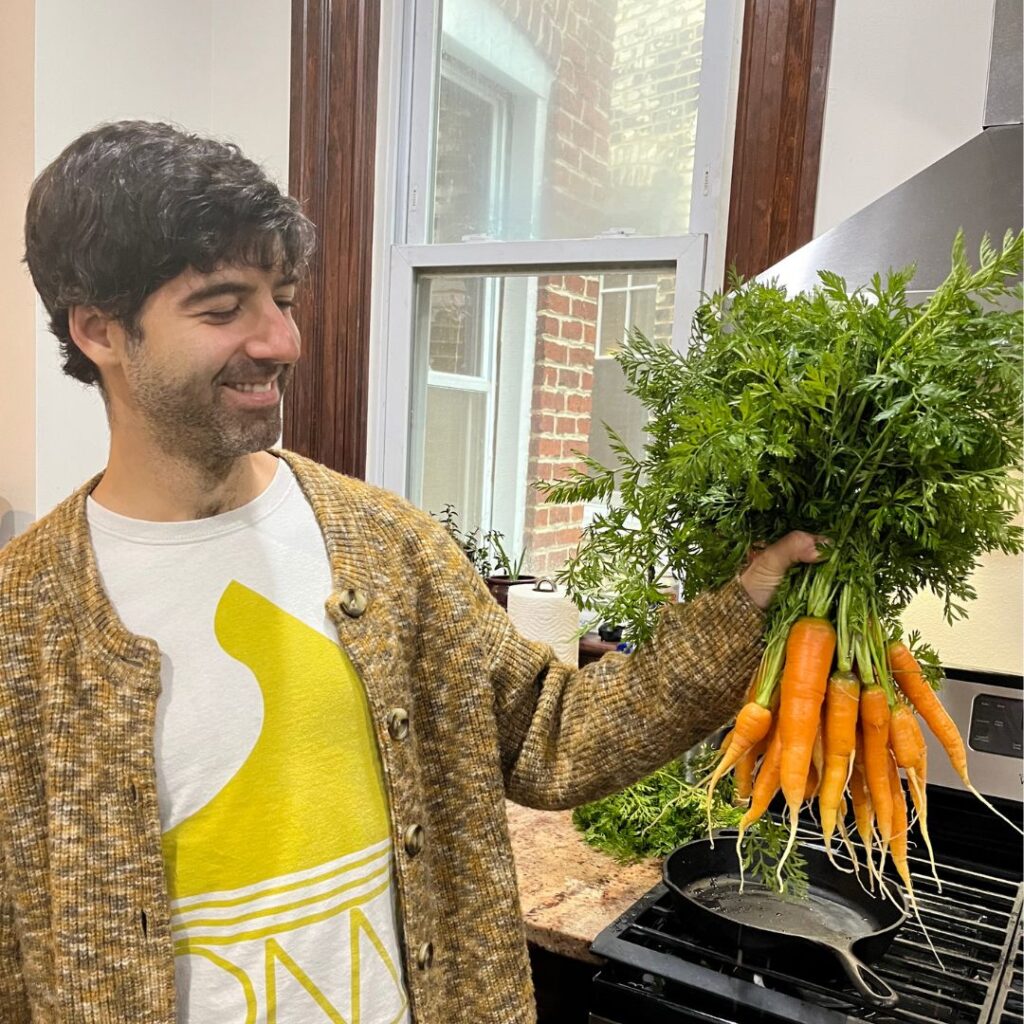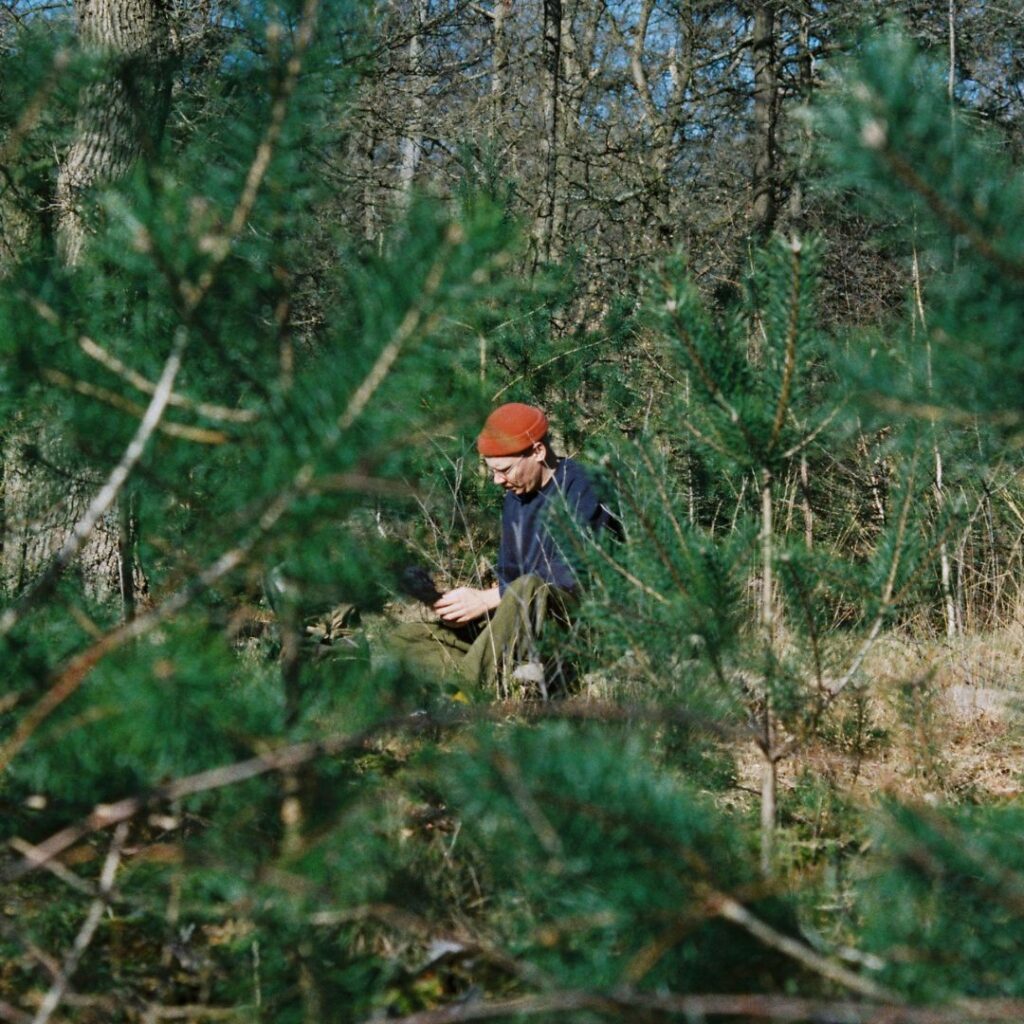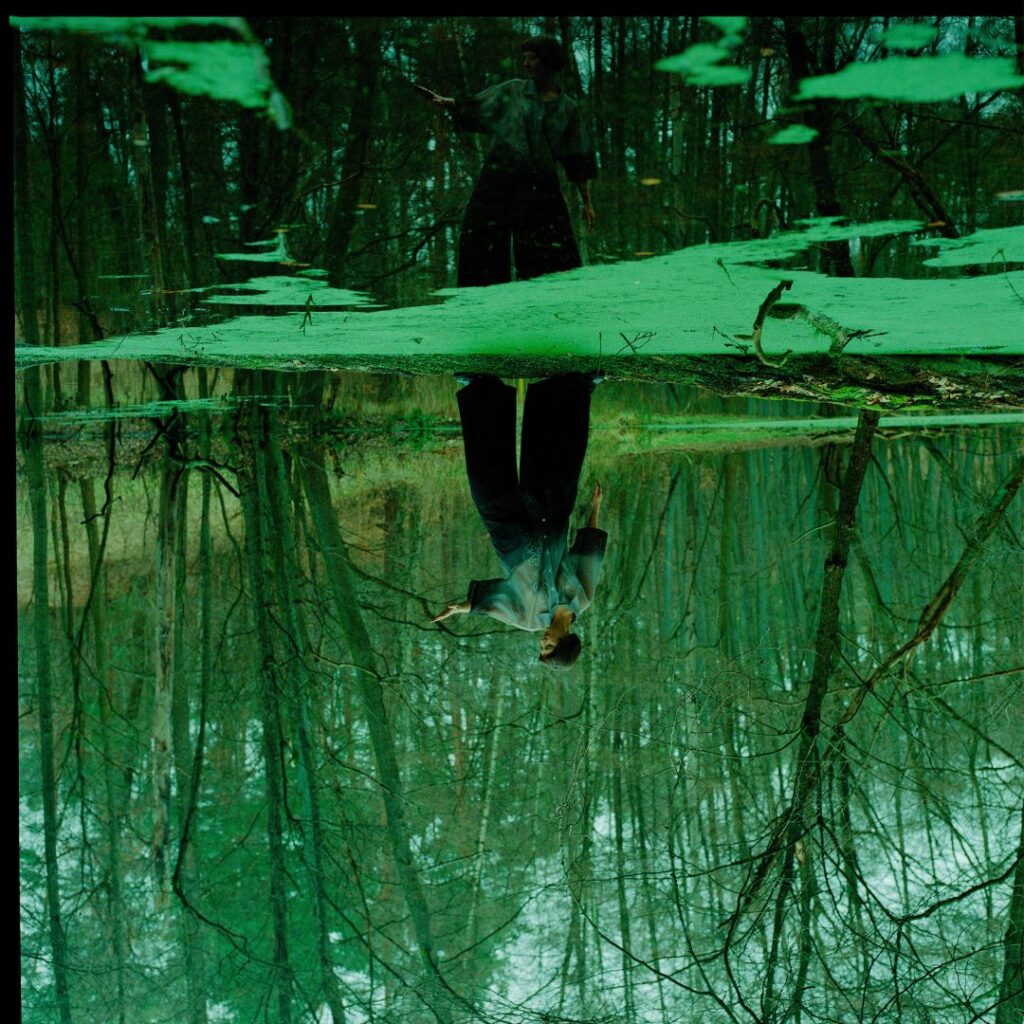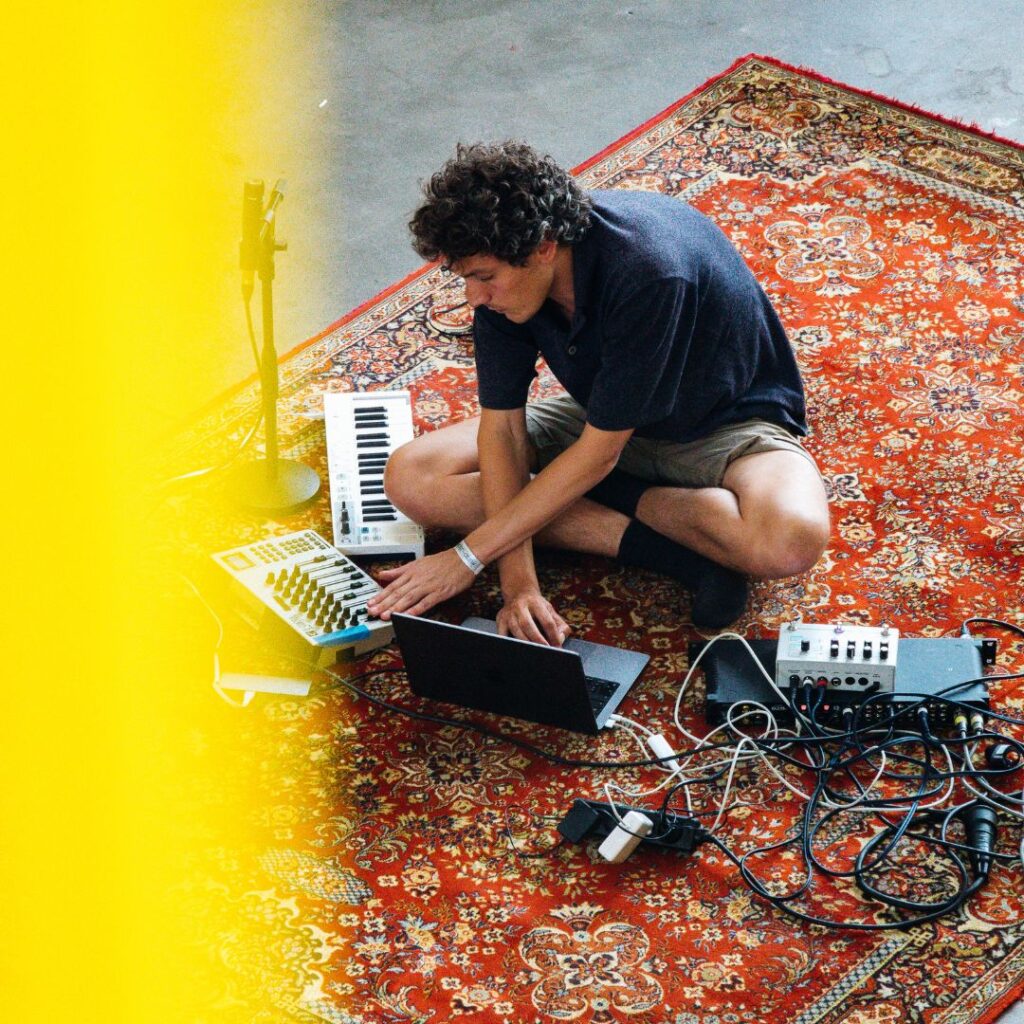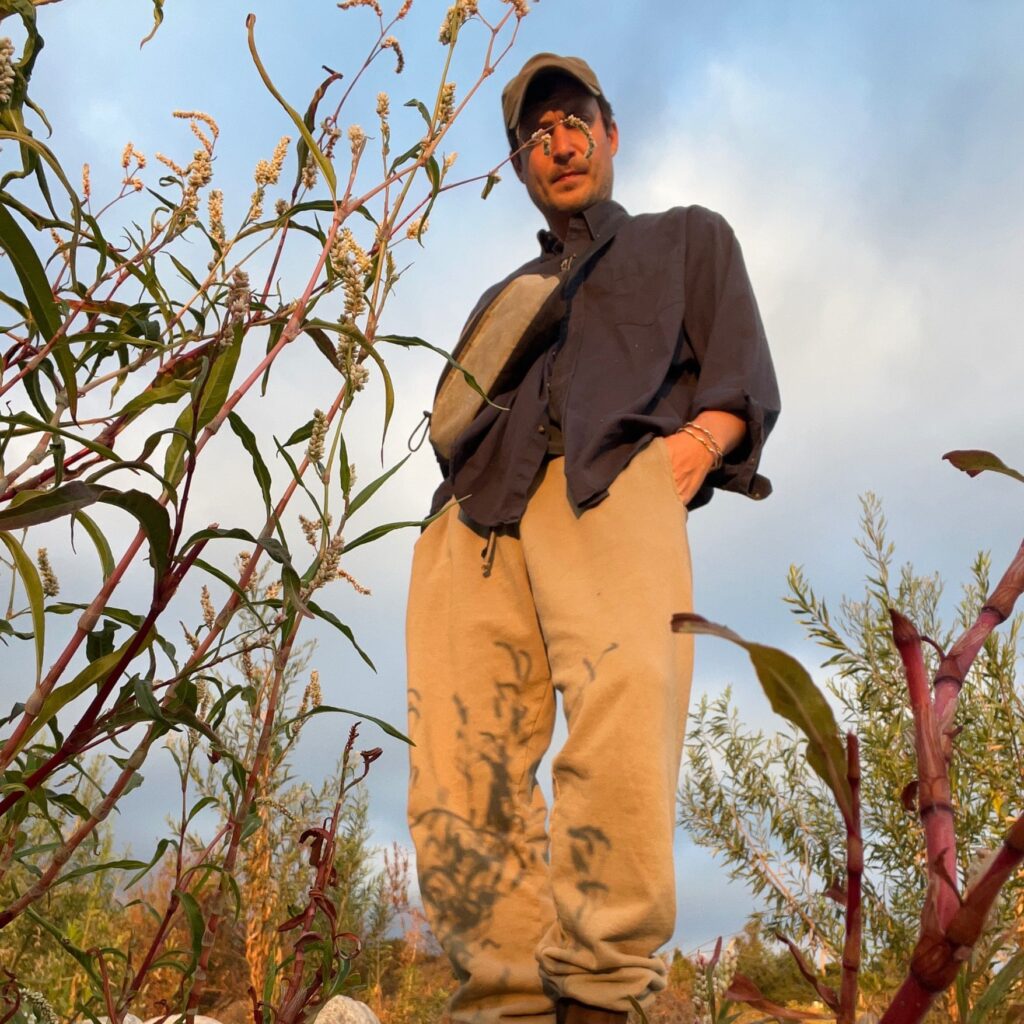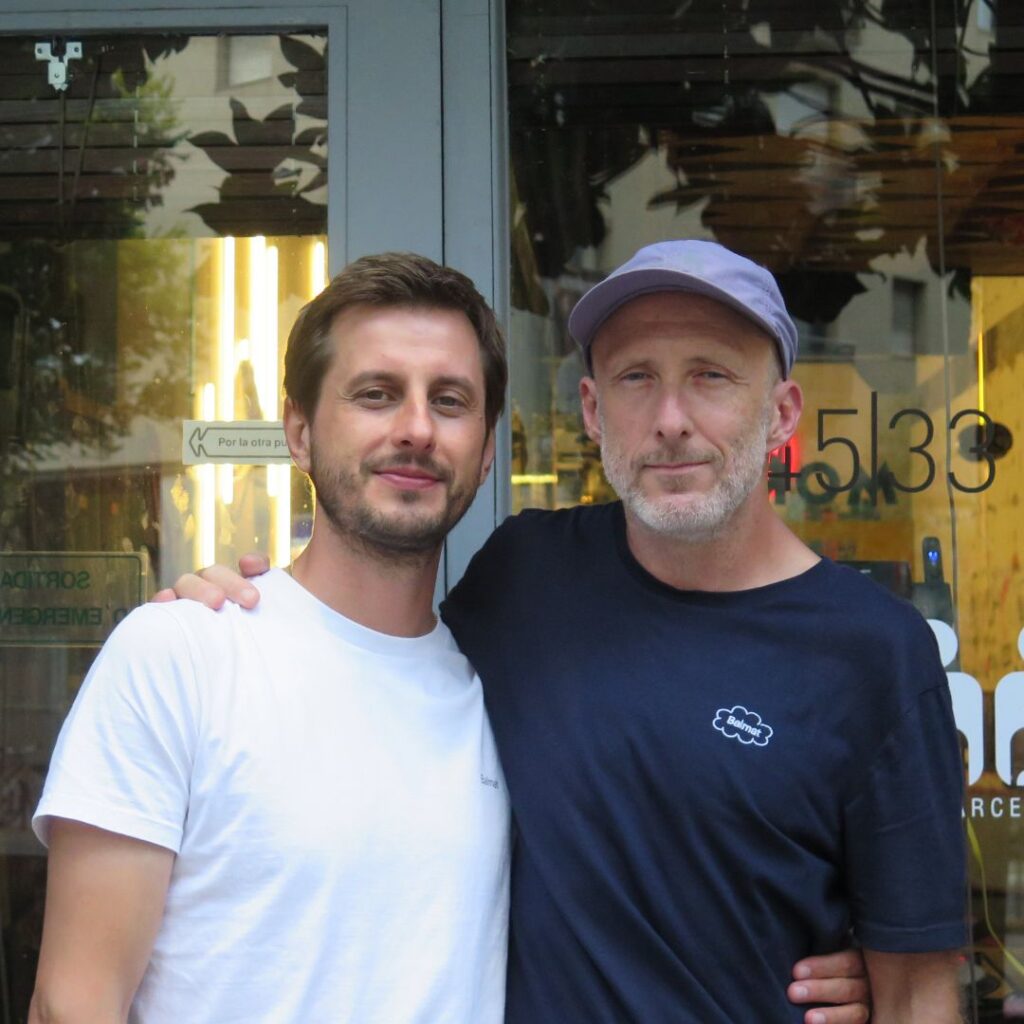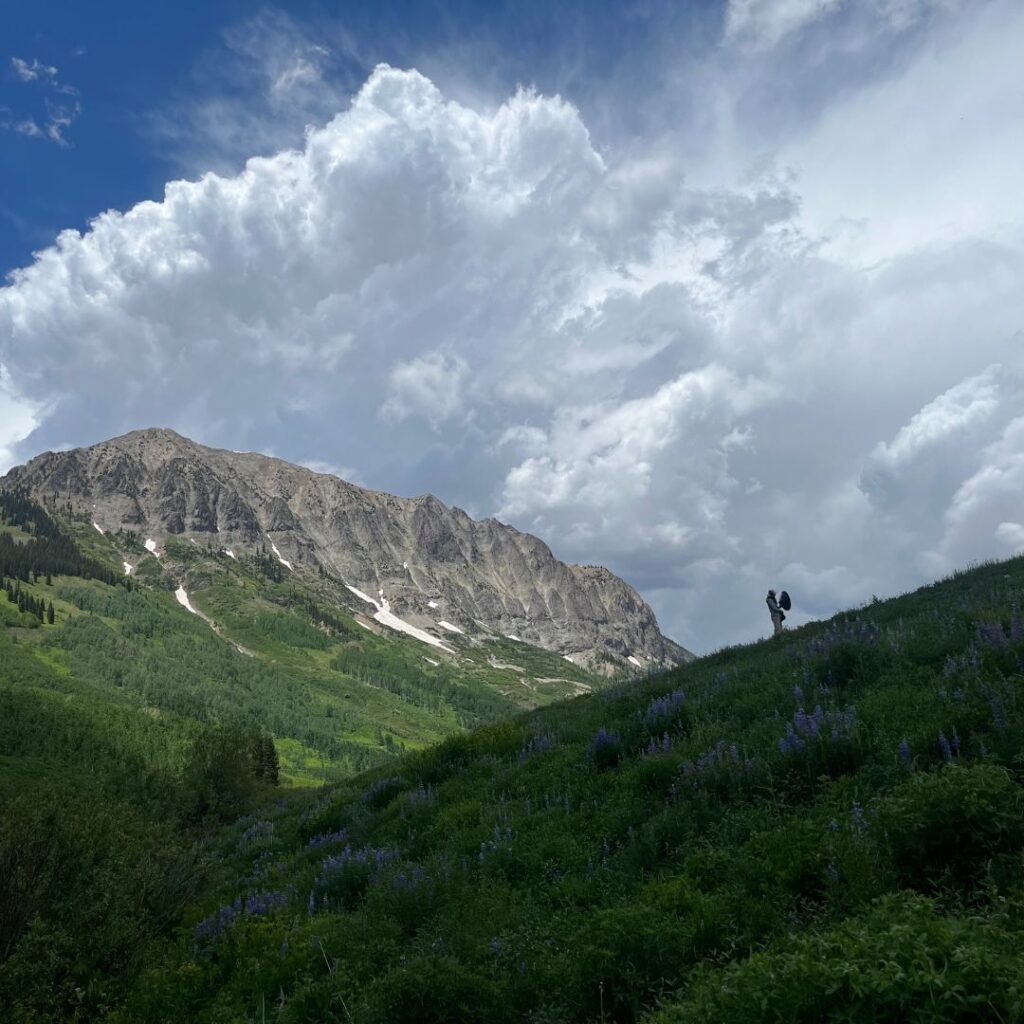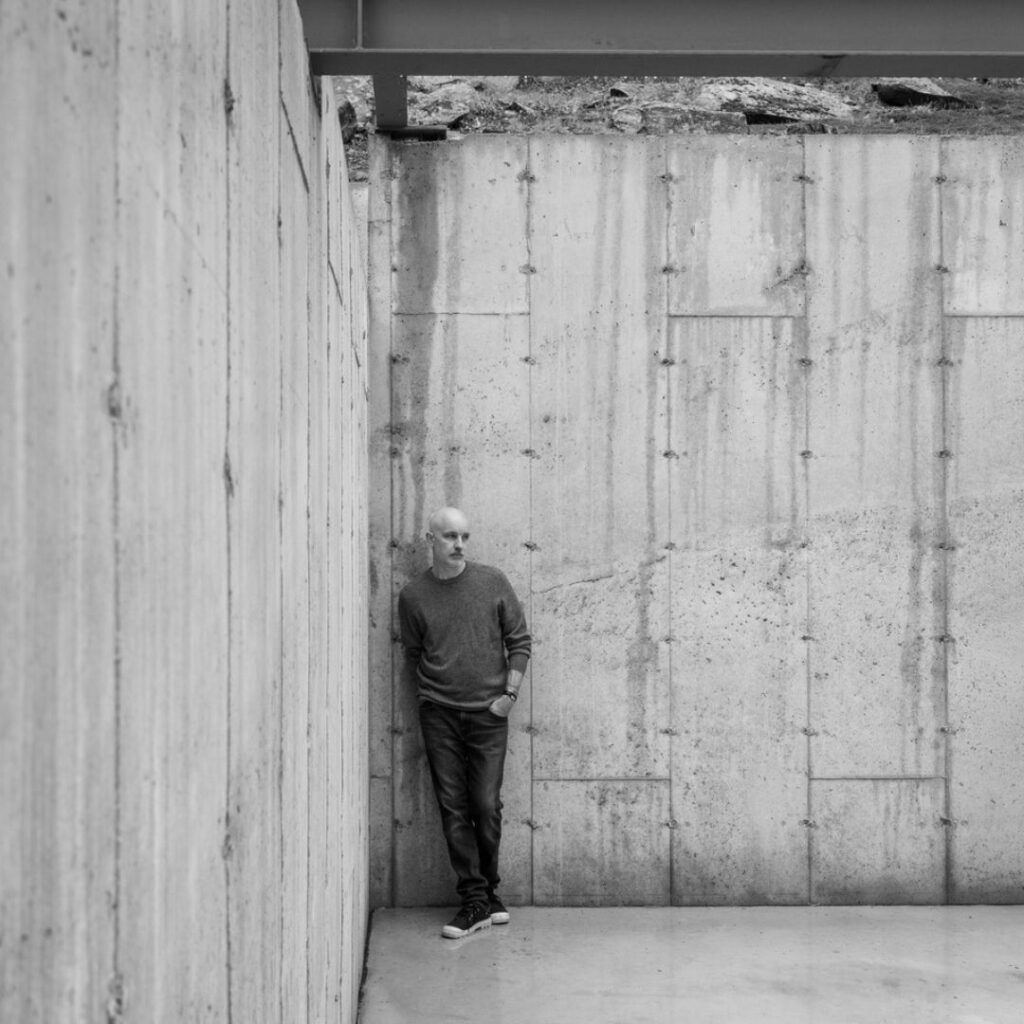talking about memories and landscapes with Mary Lattimore
Our next mood talk takes us all the way to sunny Los Angeles where we spoke with harpist Mary Lattimore about her inspirations and creative process. Making music out of landscapes and memories, she expresses all sorts of moods with her harp, almost making it sound like a language of its own. Next to being a musician, she is also a new loving cat mom to Jenny and a serious jigsaw puzzle solver. Her dream is to score a full-length film and one day we’re already looking forward to her collaboration with William Basinski.
What sparked your fascination with the harp?
My mom plays the harp. She was practicing for hours on end when I was in her womb. She was working for an orchestra at that time. As her belly was right next to the vibration, that’s basically how I learned. Just kidding.
I started learning how to play the harp when I was 11 years old. I took lessons from a friend of hers. I didn’t want to practice so much at that time, but it paid off. The harp wasn’t just my mom’s thing anymore, but it also became my thing too.
Do you also play other instruments too?
I learned how to play the piano when I was 5. I can improvise with it pretty quickly. In general, I like the idea of knowing how to play a bunch of different instruments. Recently, I also started taking guitar lessons from my neighbor and friend next door.
Have you been making music a lot during this period?
Inspiration hasn’t really come. It’s too intense of a time and my brain is simply just too preoccupied with what’s going on.
When do you make music?
I mostly play the harp when I’m thoughtful, pensive or quiet or sad. You know that feeling then you’re really sad and you just can’t get it out? When I find myself in that feeling, I just know that playing the harp is my only solution to making myself feel better. It’s like a language almost and it offers a cathartic release.
I never play the harp when I’m really happy. I simply just don’t gravitate towards the harp when I’m in need of a spontaneous release. I just go for a walk or listen to rock and roll.
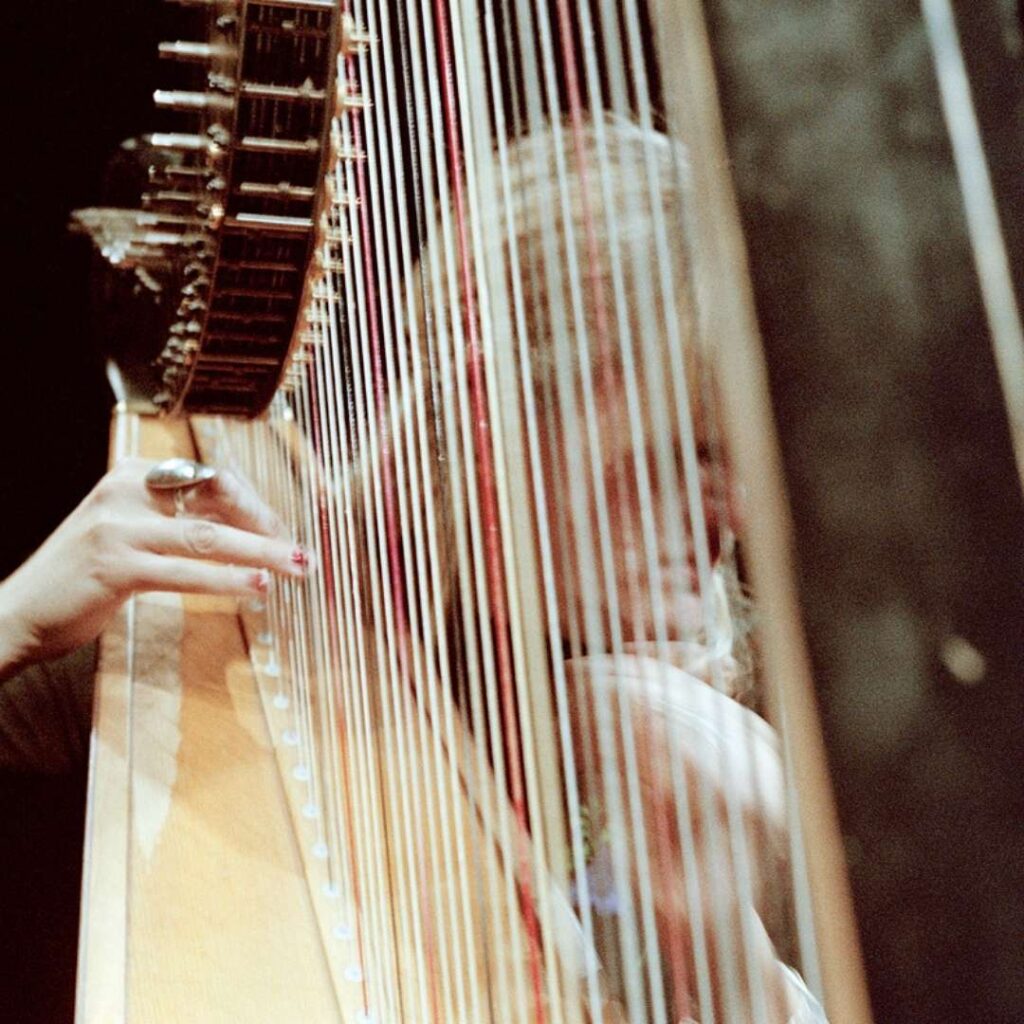
Memories and landscapes play an important role in your music making. Can you tell us more about this?
I often think about the compositions I make as souvenirs for my future self.
My album Hundreds of Days is a perfect example of that. It was a mixture of melancholia and the sheer poetry of being in this remote place in Northern California with 11 other artists. During the day, we were in solitude, just fully alone and deeply absorbed with our craft. At night, we would all gather together for dinner. Aside from how inspiring and unifying that was, it was also really just a magical place with lighthouses, whales and the fog rolling in almost every morning.
In a way, I made that music to preserve that feeling. It’s my way of crystallizing the feeling of being there.
What does music mean for you?
My songs are up for interpretation and everyone can somewhat take it to their own place. To me, I make music as a way to connect with other weirdos. I show them the messiness of my songs, of being human, and hopefully they can also relate to it in their own way.
Speaking of weirdos, tell us your dream collaboration. Sky’s the limit. Shoot!
One person I really love as a person and as a musician is William Basinski. Our processes are very different but I feel like it would be interesting to explore playing together. We’ve both been on tour so much the last years, but we catch up with each other once in a while. We even met each other once in Sydney, Australia. Hopefully, if there will ever be a time that we won’t be able to tour and just hang, we could make the collaboration happen.
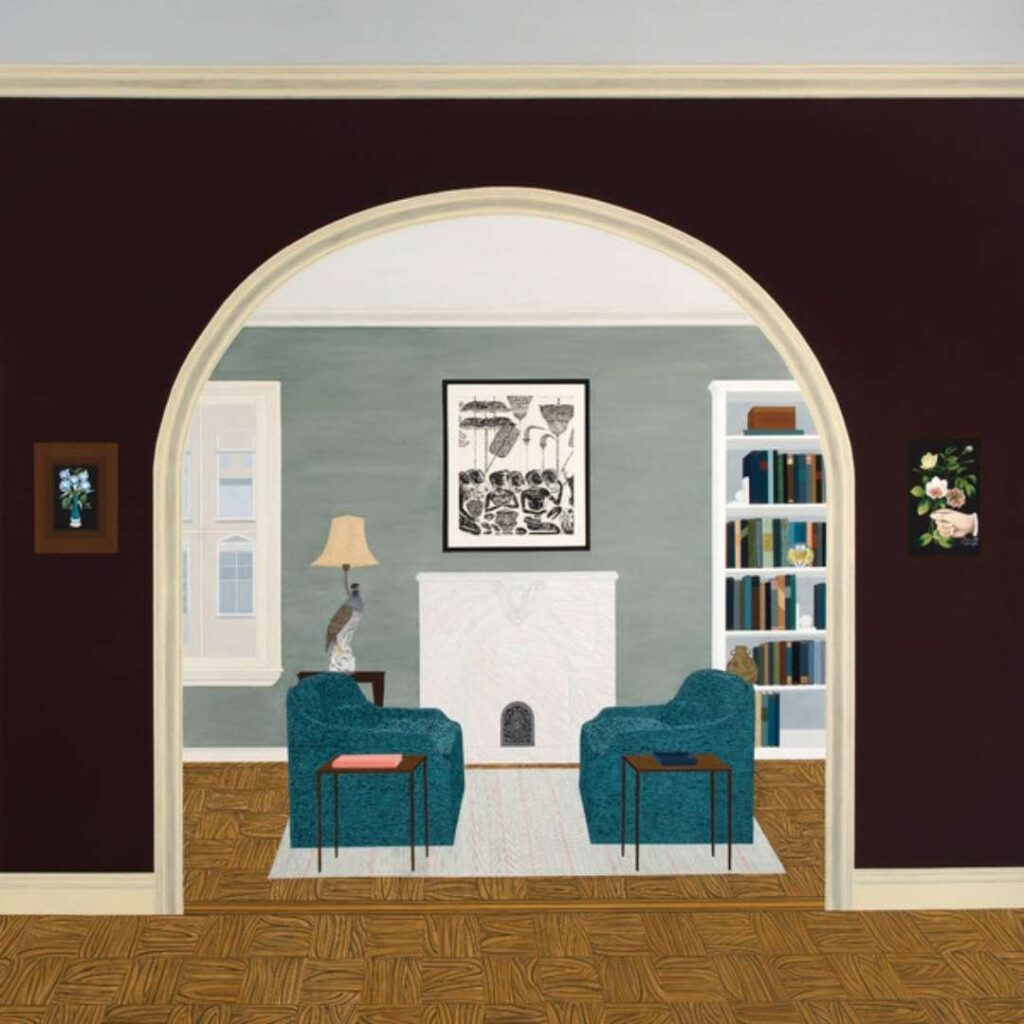
What’s your favorite concert setup?
Definitely music in art experiences or enjoying music in an experiential way!
One of my most memorable experiences is playing on a James Turrell Skyspace. Imagine walking in in a building with a perfect rectangle hole cut very sharply into the ceiling. You lie in the floor and you watch the outside sky turn crazy colors of purple, olive green or brown. It’s almost like a psychedelic trip or an optical illusion. I got to play in one of those experiences and I got to improvise and respond to the colors.
There’s also this bridge in Austin, Texas where hundreds and hundreds of bats take off every sunset. I got to play as the bats were flying. That was really amazing.
In general, I enjoy music when there is a visual component to it, so it becomes more of a multi-sensorial experience.
Talking about visuals, can you tell us more about the artwork in your albums?
I’m very lucky I get to use the paintings of my amazing friend Becky for every single one of my work. She makes these huge paintings of interiors from floor to ceiling and she mostly started painting houses out of her memory.
There’s been a recent shift in her work after doing therapy. She now paints from her imagination instead of her memory. From painting what’s concrete and what has existed to painting literally anything she wants and sky’s the limit. I found it very powerful and amazing.
The cover of Slant of Light is a painting she made based on her memory of her grandparents’ mid-century house and Hundred of Days is a painting she made purely from her imagination.
The cover of the new record, Silver Ladders, is based on a series she’s now doing inspired by children’s books. It is inspired by the book, Cheaper by the Dozen, of a family with 12 kids living in a house with a lighthouse attached to it.
How has your music making evolved over the years?
In the beginning, my first albums were completely improvised. One of my long-time collaborations, Jeff Zeigler, had a studio in Philadelphia. He would just let me come in, press record and I just jam. Now, I’m doing a lot of different songs and different pieces incorporating different instruments. Just being able to do both and not be pigeonholed into anything is an evolution.
Also, the newest record that’s coming out was my first time working with a producer. Working on a studio, having someone else taking parts out, and giving up full control is definitely a whole new learning experience as well.
I will still continue to record by myself but I’m very open to making another record like we did. I think Neil and I are going to work together again. We just had a really great rapport and we became good friends very quickly
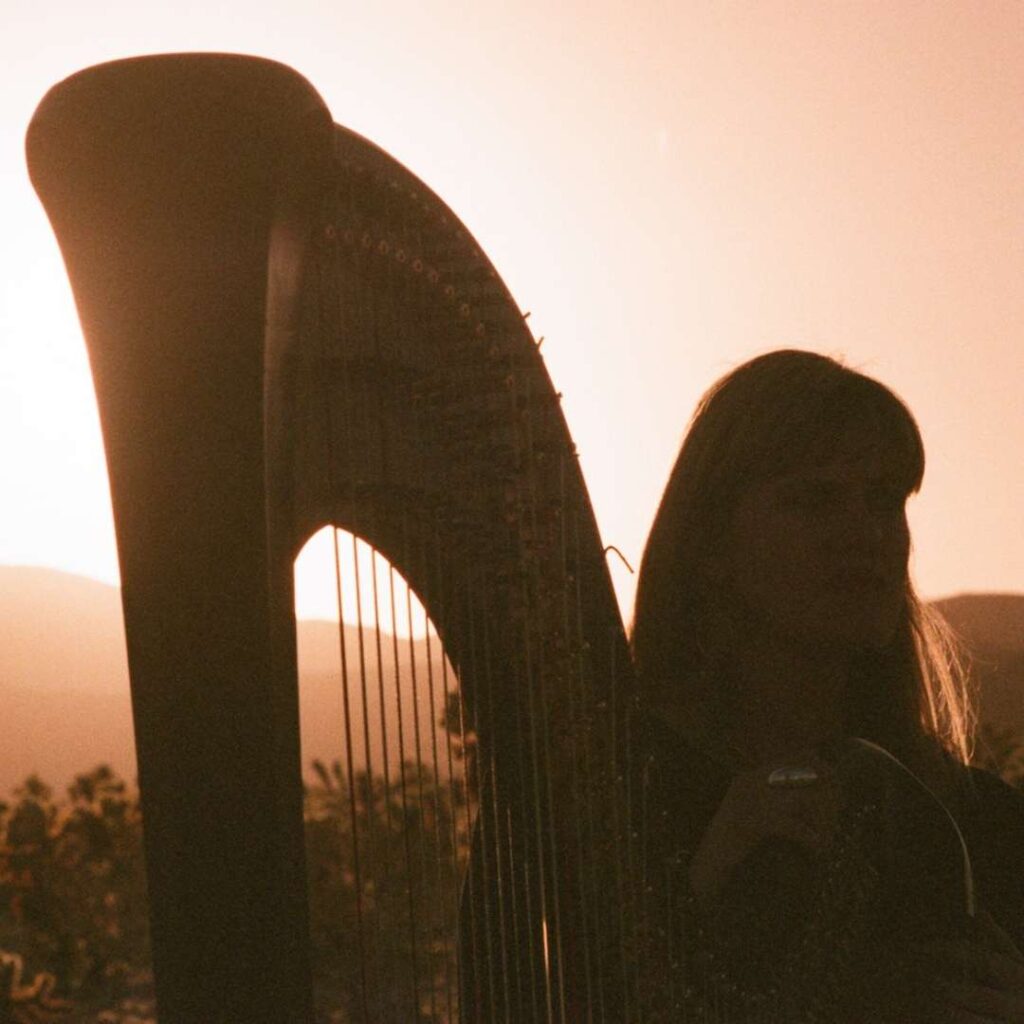
How do you maintain the integrity of your work in your assignments?
I view them all as different bodies of work that all contribute to the same thing. It doesn’t take away my music, it just adds to it. Plus, I also have the luxury of not saying yes to assignments I don’t want to do. Being able to say no has a power and I value that very dearly.
Looking at the future, are you already thinking of new concepts or future releases?
I’m now working with this band called Growing. The two guys are based out of New York and Washington, so we’re just passing files back and forth, like penpals almost. Usually when I do collaborations, we’re all in the same room and we’re feeding off of each other. But it’s always fun to try something new.
Other than that, I really want to get into scoring. I played on a lot of scores that other composers have written, but I would just really love to be given a whole film and score it from start to end, on my own.
Last question: What kind of film would you like to score?
A love story between a human and an alien. That would be cool.

